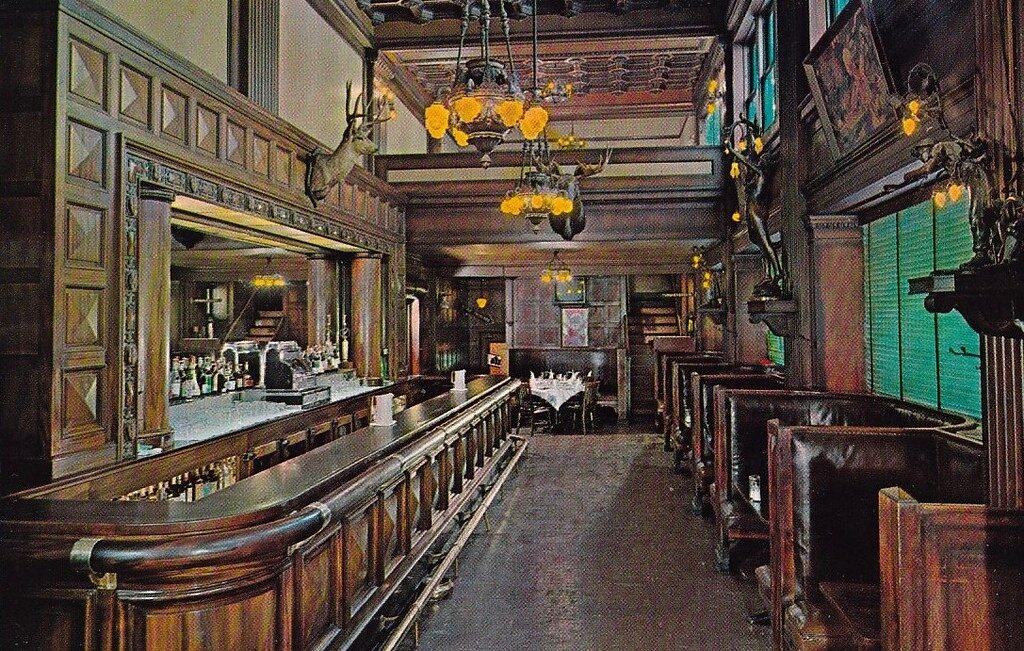Published accounts of the young Joshua Norton living in South Africa in his 20s — including the accounts presented by Norton’s major biographers — more or less universally treat Joshua as though he were a romantic hero (or a loner) forging both (a) his views on religion and (b) his desire to leave South Africa within an hermetically sealed vacuum occupied by him, his parents and possibly his two nearest siblings, Louis and Philip.
In this interpretation, Joshua is the only sibling who is asked to answer for apparently having rejected the Jewish faith of his childhood as a young man. Louis, Philip and other siblings are given a pass, because they are regarded as having had an alibi: marrying a “Gentile” in a place where there were few Jews to choose from.
But, who’s to say that these siblings didn’t entitle themselves to marry outside the faith, in part because they, like Joshua, already were pulling away? Norton biographer Bill Drury even goes so far as to say that Joshua’s young adult mockery of Judaism was the first sign of his “madness.” But Drury doesn’t brand Joshua’s fraternal siblings, Louis and Philip, as “mad” for not marrying “a nice Jewish girl” and for getting baptized to boot.
In the following generation, most (all?) of the siblings’ children — presumably with the encouragement and blessing of their parents — were baptized and married by the Anglican Church. So, even if Joshua’s Jewish siblings initially “went Anglican” as “a marriage thing,” their assimilation into the Anglican tradition doesn’t appear to have ended there.
Too: In the prevailing interpretation, Joshua’s primary motivation for leaving South Africa is that his parents and his brothers, Louis and Philip, had died between 1846 and 1848, leaving unmarried Joshua to collect a big inheritance check and catch the first ship to San Francisco.
This wishful version of events falls apart, as soon as one realizes that Joshua’s father, John, was declared insolvent as early as 1844 — and that Joshua actually left Cape Town in late 1845, before his parents and brothers had died.
So, one has to look to other sources to help explain Joshua’s “moves” during this period.
One option — and where existing accounts fail — is to recognize that Joshua was one of a dozen siblings — several of whom, in the late 1830s and early 1840s, were hammering out their own attitudes and actions on “religion and travel” at the same time that Joshua was.
It stands to reason that Joshua was influenced by the choices his siblings were making in these areas. Perhaps Joshua and one or two of these siblings confided to one another about all this. A fully realized narrative of Joshua’s life during this period has to position him within this sibling dynamic.
The truth is that Joshua Norton was not the only one of his siblings who put some distance between themselves and the Jewish faith of their childhood — and who also got it together to leave South Africa.
He wasn’t even the first — or the last.
Read More

